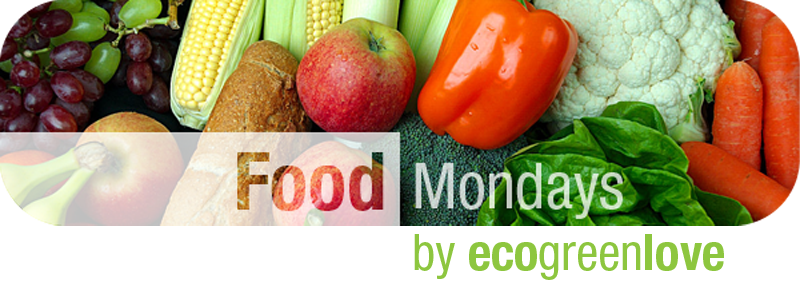

For years I’ve stored onions, garlic and shallots in plastic bins in a kitchen drawer. Like this:

That works fine if I use everything up right away, but honestly that doesn’t happen very often. Instead, I stock up on onions, garlic or shallots for use in specific recipes, and some of them end up hanging around in the drawer for awhile. Here’s how some of them look after 2 or 3 months; rotten, moldy, or sprouting…..wasted.
Step 1.
Gather the supplies:
- onions, garlic, and/or shallots–make sure they are firm and blemish free. If you buy in bulk and find any with rotten spots or a soft texture, cut off the bad part and use right away; or toss it so it doesn’t contaminate the others.
- brown paper bags–I used the lunch bag size, because they’re easy to fold and punch. Also, bigger bags hold a higher volume and density of onions, and that reduces the amount of air circulation around them and accelerates spoilage. Smaller quantities of onions in lunch size bags are ideal.
- a hole punch–you can buy one of these anywhere that sells office or craft supplies.
- marker–for labeling
- paper clips–for holding the bag closed

Step 2.
Punch the bags. This is how Grammy showed me to do it (and remember that she is seldom never wrong). Fold the bag in half lengthwise, punch along one edge; you’ll be punching thorough multiple layers. Flip the folded bag over and punch along the other edge; approximately 1″ between punches (but it doesn’t have to be perfect). The result is multiple rows of holes.
Step 3.
Fill the bag up to half full, fold over the top, label it (if you’ll have more than one bag), and paper clip it to hold the top down.

How easy is that? I use more yellow onions than anything else and buy them in bigger quantities; so I have more than one punched bag to hold them all. The bags can be reused again and again until they wear out.

I store my bags in the same drawer in the kitchen as before. It’s important not to crowd them. Air needs to circulate around the bags–that’s the whole point of punching the holes. I use the same plastic bins as before; they help keep the bags upright and orderly and are roomy enough for air circulation between the bags. The bins can also be placed on pantry or cabinet shelves.

This punched paper bag method should extend the life of onions, garlic, and shallots in most situations. However, their specific life may vary depending on the temperature, humidity, and light conditions where the bags are stored.
Additional tips:
- Temperature: These will last the longest in a dark, cool (but not cold), dry storage area. I’ve successfully kept them in my 65-70ish degree kitchen drawer for up to 3 months. A cool, dark basement is a good choice, if you happen to have one. Onions should not be stored for an extended time in the refrigerator because the cold temperature will soften their texture; plus, onions will impart their flavor on surrounding produce.
- No plastic bags: Don’t ever store onions in plastic bags. That will accelerate sprouting and spoilage because of the lack of air circulation.
- No potatoes nearby: Potatoes and onions should not be stored together. They give off gases that will accelerate spoilage of each other.
Also in my onion drawer:
- I keep extra punched bags in the drawer, so they’re read to fill when I get home from grocery shopping.
- I store my garlic press and peeler with my garlic, so they’re handy when I grab the garlic.

If you have problems with rotting onions, garlic or shallots, I encourage you to give this easy technique a try. Waste not, want not.
